Thai Recipes Made Easy: 5 Flavorful Dishes You Can Cook at Home
Try these five easy Thai recipes for home cooks. Enjoy fresh herbs, rich spices, and quick steps for bold dishes your whole family will love.
RECIPES & COOKING
Shari Smith
5/23/20259 min read
This post may contain affiliate links, and I may earn a commission if you choose to make a purchase through them.


Warm light spills across busy market stalls. Wok flames dance.
The air fills with chili, garlic, and sweet basil, drifting above grilled meat and bubbling curry.
Every plate carries the balance of salty, sour, sweet, and spicy—this is the magic of Thai recipes.
I want to bring that vibrant market energy into my own kitchen. Cooking Thai food at home is easier than it seems.
With a handful of fresh ingredients and simple steps, I can create dishes that taste bright and bold.
This guide breaks down Thai recipes so anyone can enjoy those colors and flavors whenever they want.
What Makes Thai Recipes Irresistible?
There's a reason why I find myself craving Thai recipes time and time again.
The food stands out in a crowded world of cuisine, and it isn't only about bold flavors—though those are always front and center.
Thai cooking wraps up color, aroma, freshness, and a certain playfulness right into every bite.
When I pull up a chair and dig in, it’s more than a meal—it's a sensory celebration.
The Art of Balance
Thai recipes win hearts by striking the perfect harmony between sweet, sour, salty, spicy, and sometimes bitter.
This signature balance makes every spoonful dynamic and memorable.
A squeeze of lime, a dash of fish sauce, or a sprinkle of palm sugar can flip the whole profile of a dish—from fiery and bright to mellow and comforting.
The way these flavors interact isn’t random. It’s a skill that’s been shaped and passed down for centuries.
Sweet: Often from coconut milk or palm sugar.
Sour: Lime juice and tamarind hit you with a bright tang.
Salty: Fish sauce, soy, and even shrimp paste deepen the umami punch.
Spicy: Chilies bring the heat—sometimes a whisper, sometimes a roar.
Bitter: Greens or certain herbs round out that last taste bud.
Understanding the Four Main Tastes
Thai food is a tug-of-war between four core flavors. If one takes over, the dish feels off. But land the right mix, and every bite becomes memorable.
Here’s what brings each to the plate:
Salty: Fish sauce, soy sauce, and sometimes shrimp paste anchor dishes and round out other tastes.
Sweet: Palm sugar, white sugar, or even the natural sweetness from coconut milk helps cut the salt and spice, making sauces smooth and pleasing.
Sour: Lime juice, tamarind, and vinegar wake up the tongue and brighten the other ingredients. Without this note, food can taste heavy.
Spicy: Fresh chilies, dried flakes, or chili pastes are used in measured amounts to kick things up, but never drown out the other notes.
The best part? You don’t need to hit these equally—some recipes lean bold and sour (like Tom Yum Soup), while others feel creamy or peppery.
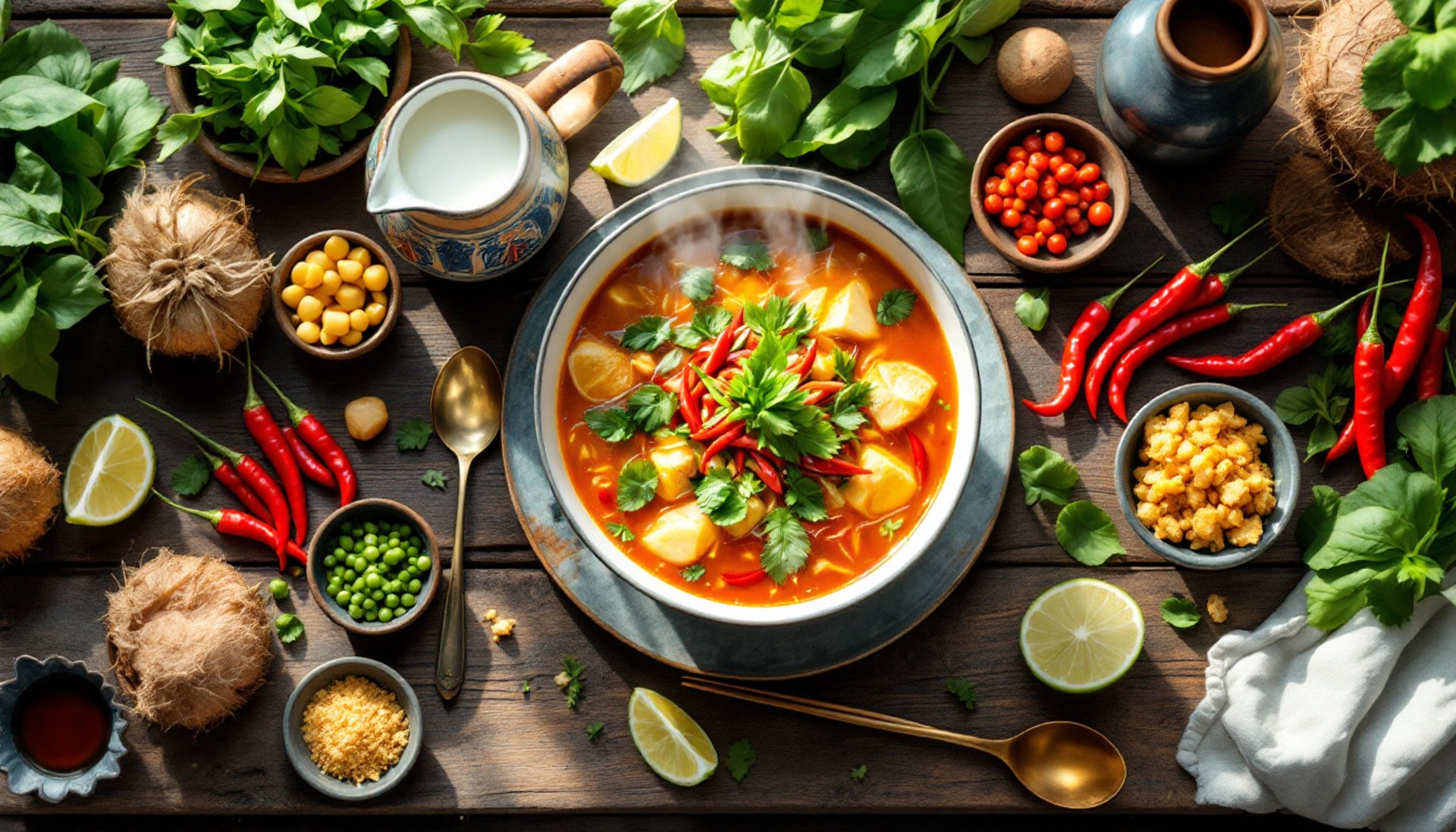
Fresh, Bold Ingredients
When I buy Thai basil or fresh cilantro, the kitchen fills with their scent before they even hit the cutting board.
Thai recipes depend on vibrant, fresh ingredients that transform simple meals into sensory experiences.
Lemongrass, galangal, kaffir lime leaves, garlic, and chilies come together like an upbeat band, each adding their own note.
The result is a dish that smells as amazing as it looks and tastes.
Freshness isn't just tradition—it makes a real difference in flavor. It's why a homemade Thai curry bursts with more character than anything store-bought.
Texture in Every Bite
Thai cooking tastes incredible, but it’s about feel too.
I'm talking about the crunch of toasted peanuts on Pad Thai, the silkiness of coconut milk, or the snap of green papaya in a salad. Thai food layers crisp and soft, chewy and smooth.
Even the sticky rice comes with a unique, satisfying bite.
Crunch: Roasted peanuts, fried garlic, crispy vegetables
Tenderness: Braised meats, soft rice noodles
Creaminess: Coconut milk curries, peanut sauces
Color and Presentation
Thai recipes are easy on the eyes. Colors pop—fiery red chilies, glossy green basil, sunshine bright mango.
Cooks use herbs and vegetables not just for taste, but to make every meal visually compelling.
I love seeing a platter laid out, knowing every color means another burst of flavor.
Social and Regional Roots
Thai food is built for sharing. A table fills with different plates—soups, salads, stir-fries—and everyone grabs a bit of this and that.
This approach makes Thai meals feel generous and joyful.
Regional influences make Thai cooking even more inviting—northern curries, Isaan grilled meats, southern coconut-rich dishes.
Each region has its signature twist, but all keep that sense of balance and fun.
Thai recipes remain irresistible because they draw me in from all sides: bold smells, a rainbow of colors, a symphony of flavors, and a style of eating that is as much about the company as the food.
These dishes don’t just taste good—they feel good, too.
Essential Thai Cooking Tips for Beginners
Starting your journey with Thai recipes can feel both exciting and a little intimidating.
But when I first fired up my wok and grabbed handfuls of fresh cilantro and chilies, I realized that good Thai food is all about simplicity, speed, and freshness.
Let me share the must-know tips that will set you up for Thai cooking success.
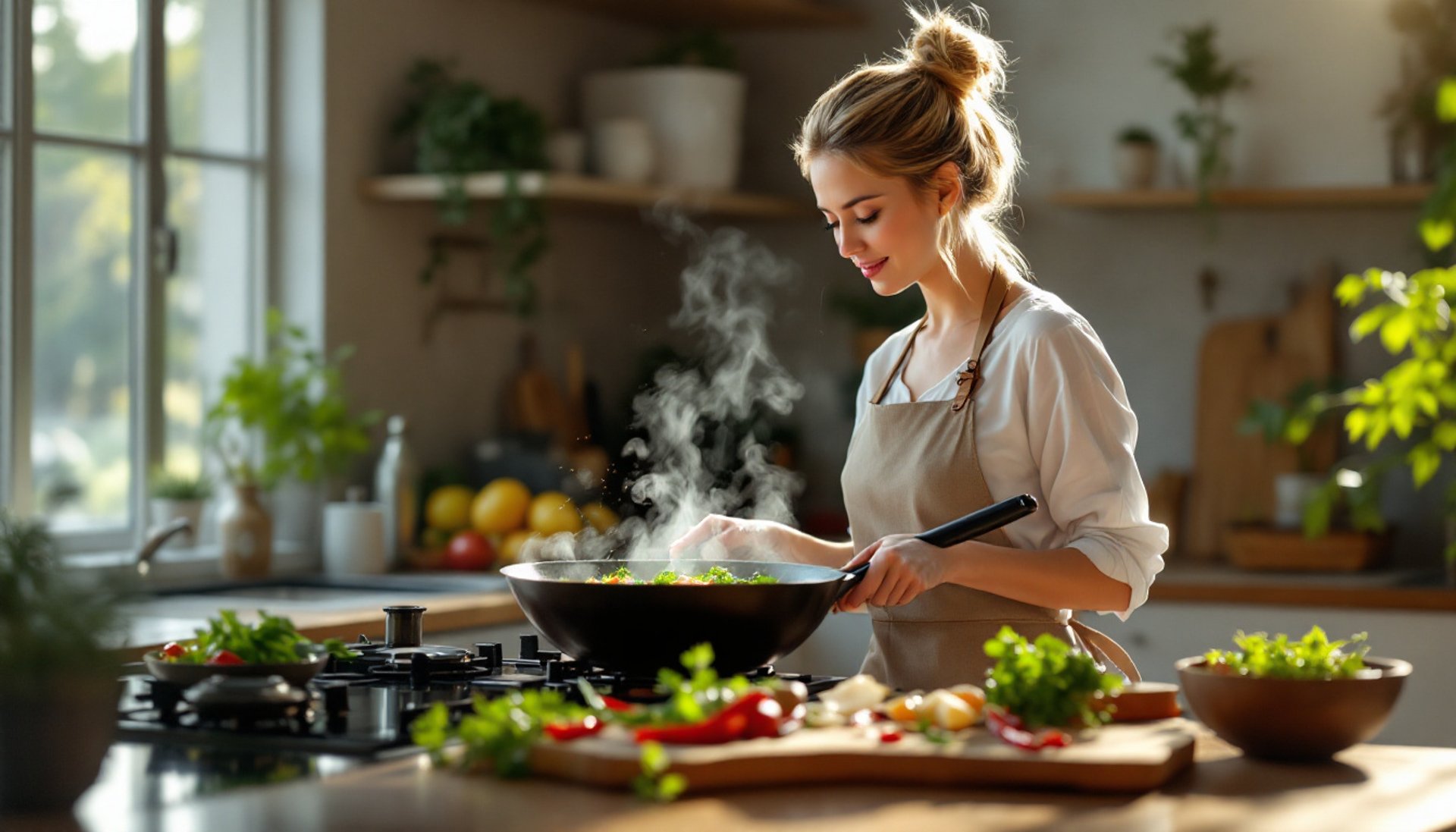
Build Your Thai Pantry
To make Thai recipes shine, a few staple ingredients matter more than any fancy gadgets. I always keep these on hand:
Fish Sauce (Nam Pla): The salty backbone. Use this instead of regular table salt.
Coconut Milk: Adds body, sweetness, and that creamy texture you can’t get elsewhere.
Curry Pastes: Red, green, or yellow—store-bought pastes are great shortcuts.
Palm Sugar (or brown sugar): For subtle caramel notes.
Chilies: Thai bird’s eye chilies pack a fiery punch. Start with a few if you’re unsure.
Fresh Herbs: Thai basil, cilantro, mint, and kaffir lime leaves.
Lime and Tamarind: Bring tang that lifts the whole dish.
Having these basics means I’m ready to cook Thai food on a whim.
Choose the Right Tools
While Thai grandmas might use a mortar and pestle, I find some modern tools make life easier for beginners:
You don’t need everything at once. Good gear helps, but it’s the ingredients and speed that matter most.
Focus on Freshness
Nothing brings Thai recipes to life like fresh ingredients. Dry herbs or tired veggies just won’t deliver the same punch.
Shop for herbs the day you cook, if possible.
Choose bright, firm vegetables and use them up quickly.
If you can’t find Thai basil or kaffir lime, substitute with Italian basil or regular lime for a similar effect.
The difference between just-okay and restaurant-level Thai food is often in the freshness.
Master the Quick Stir-Fry
Stir-frying at high heat is the heart of many Thai recipes.
Here’s how I keep it simple:
Prep all ingredients before turning on the heat—things move quickly.
Cut proteins and vegetables into bite-sized pieces for even cooking.
Add aromatics like garlic, shallot, or curry paste to hot oil first, then follow with protein and vegetables.
Don’t crowd the pan; too much food at once lowers the heat and steams instead of fries.
Finish with a splash of fish sauce or a squeeze of lime for that signature zing.
Balance the Flavors
The magic of Thai food comes from balancing salty, sweet, sour, and spicy. I always taste as I go and adjust these key elements:
Too salty? Add a little sugar or squeeze of lime.
Too spicy? Stir in coconut milk or a tiny bit of sugar.
Too sweet? Add extra lime or a splash of fish sauce.
I’m never afraid to adjust tastes—no two Thai kitchens are exactly alike.
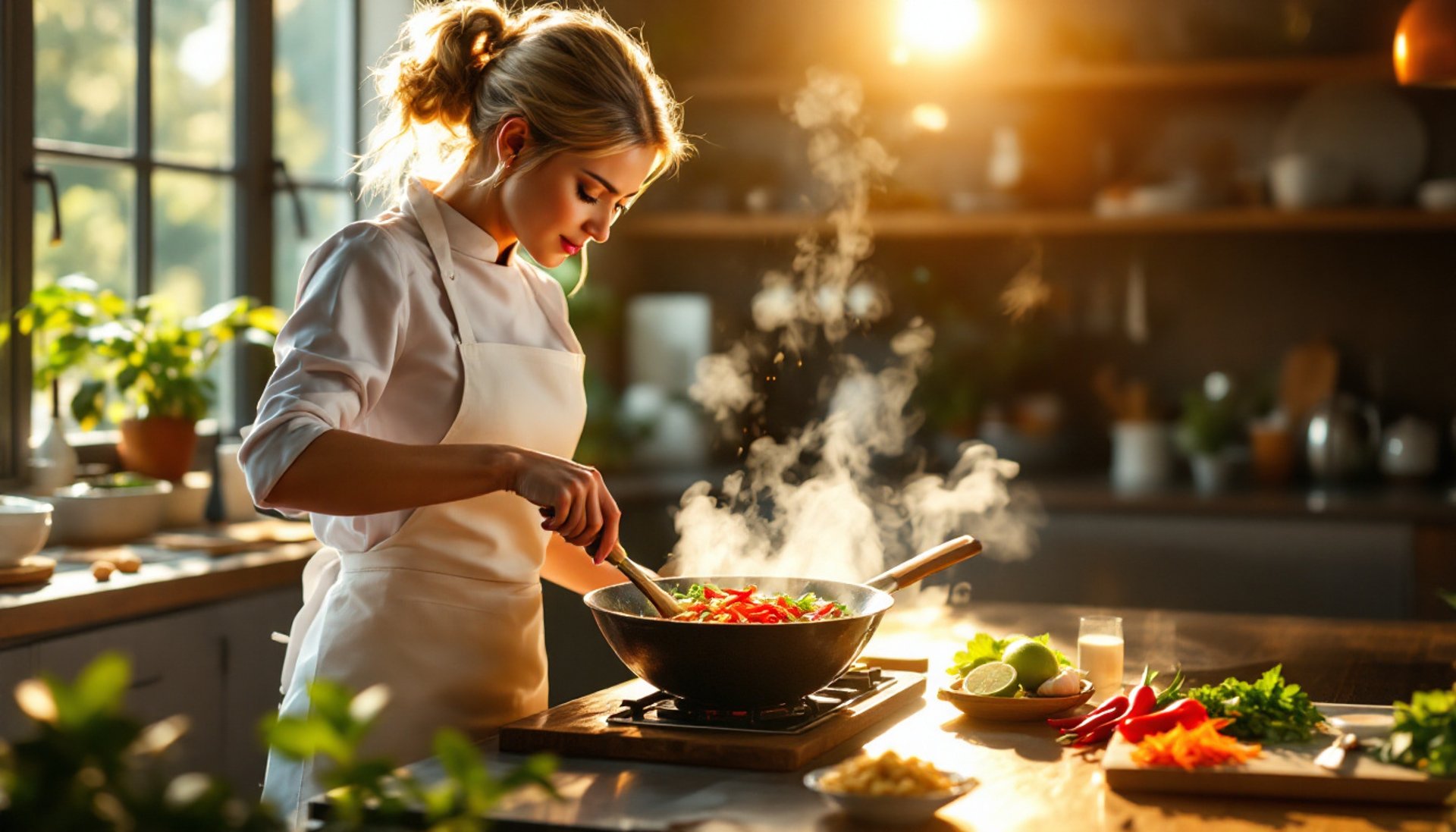
Practice the Art of Garnishing
Thai recipes look beautiful and taste better with the right garnish. I keep these classics on standby:
Chopped peanuts
Fresh herb leaves
Lime wedges
Sliced chili or fried garlic
These finishing touches add crunch, color, and bursts of flavor, making home-cooked Thai food feel celebratory—even on a regular weeknight.
5 Easy Top Thai Recipes to Try Now
If you’re ready to jump in, here are five beginner-friendly Thai recipes I love, complete with ingredients and simple steps.
These cover the classic flavors and textures everyone craves from Thai cuisine.
1. Pad Thai
Ingredients:
7 oz rice noodles
2 tbsp fish sauce
2 tbsp tamarind paste or lime juice
1 tbsp brown sugar
2 eggs
1 cup bean sprouts
3 oz tofu or Shrimp
2 cloves garlic, minced
1/4 cup peanuts, chopped
2 green onions, chopped
1 lime, cut into wedges
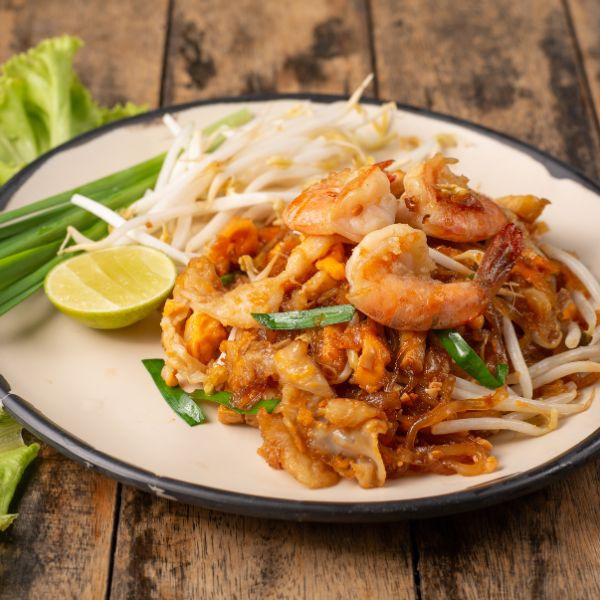

Directions:
Soak noodles in warm water until soft, then drain.
Mix fish sauce, tamarind, and sugar for the sauce.
Heat oil in a wok, scramble eggs, and set aside.
Stir-fry garlic, tofu (or shrimp), then add noodles and sauce.
Toss in egg, bean sprouts, and green onions.
Plate and top with peanuts and lime.

Make Pad Thai at Home
Watch Video...
2. Thai Green Curry
Ingredients:
1 can coconut milk
2 tbsp green curry paste
1/2 lb chicken thigh, sliced
1 cup eggplant, diced
1 bell pepper, sliced
1/2 cup Thai basil leaves
1 tbsp fish sauce
1 tsp sugar
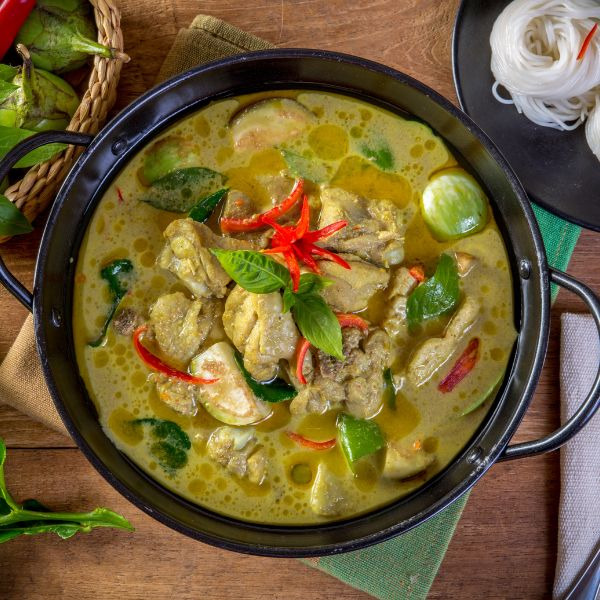

Directions:
Heat half the coconut milk until simmering; stir in curry paste.
Add chicken and cook until nearly done.
Add remaining coconut milk, eggplant, and bell pepper.
Simmer until veggies are tender.
Stir in fish sauce, sugar, and basil before serving.
3. Thai Basil Chicken (Pad Krapow Gai)
Ingredients:
1 lb ground chicken
5 cloves garlic, minced
2-3 Thai chilies, sliced
1 tbsp soy sauce
1 tbsp oyster sauce
1 tsp fish sauce
1 tsp sugar
1 cup Thai basil leaves
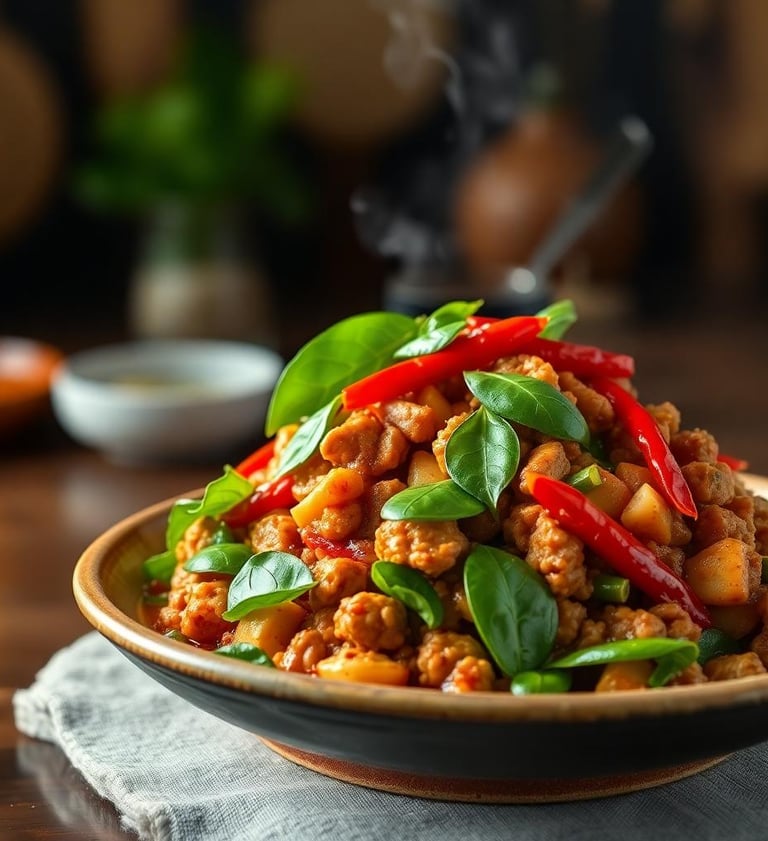

Directions:
Stir-fry garlic and chilies in oil.
Add chicken, breaking apart as it cooks.
Stir in sauces and sugar.
Toss in basil until wilted and serve with rice.
4. Tom Yum Goong (Spicy Shrimp Soup)
Ingredients:
8 large shrimp, peeled
4 cups chicken broth
2 stalks lemongrass, smashed and chopped
3 kaffir lime leaves, torn (or zest of one lime)
1 cup mushrooms, sliced
2 tbsp fish sauce
2 tbsp lime juice
2 Thai chilies, sliced
1 tsp sugar
Fresh cilantro
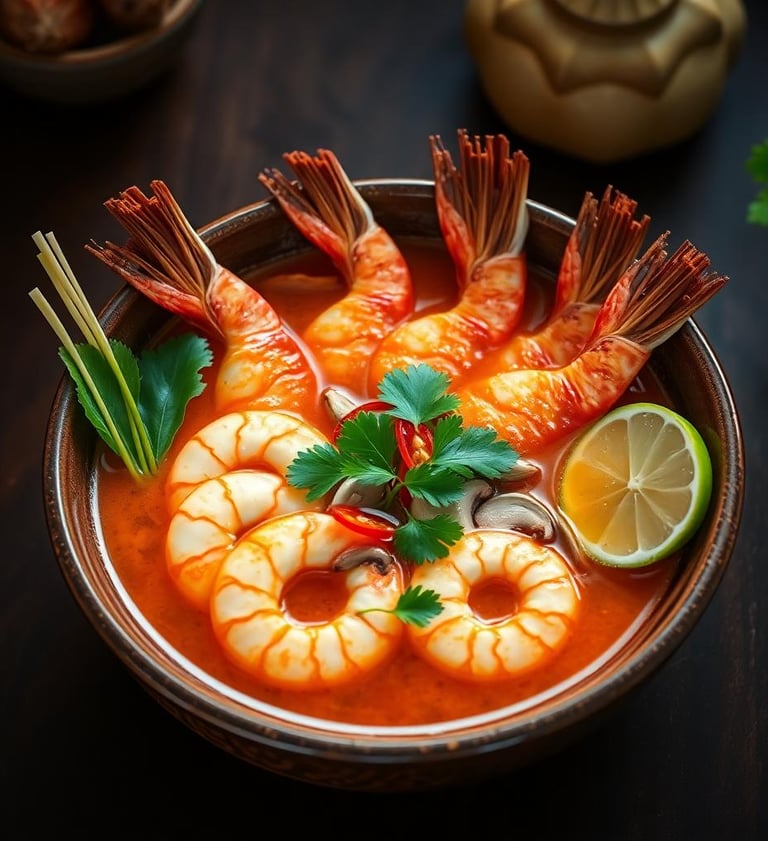

Directions:
Simmer broth with lemongrass and lime leaves for 5 minutes.
Add shrimp and mushrooms; cook until shrimp turns pink.
Stir in fish sauce, lime juice, chilies, and sugar.
Ladle into bowls, sprinkle with cilantro.
5. Mango Sticky Rice
Ingredients:
1 cup glutinous (sticky) rice
1 can coconut milk
1/4 cup sugar
1/2 tsp salt
2 ripe mangoes, sliced
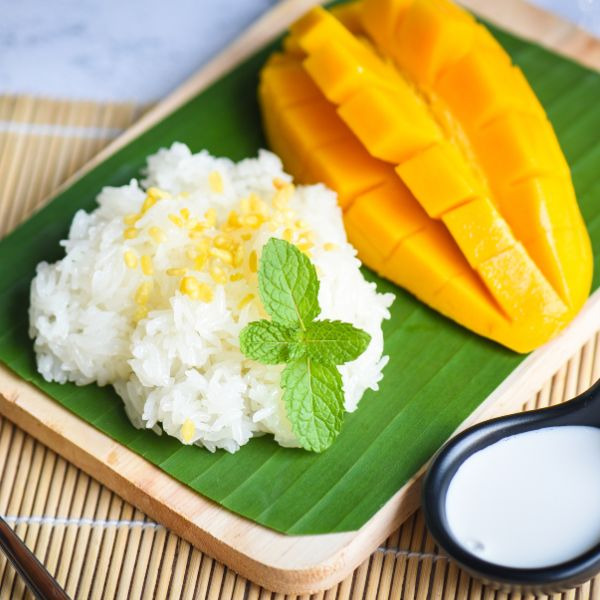

Directions:
Soak rice for 4+ hours or overnight, then steam until tender.
Heat coconut milk with sugar and salt, pour over steamed rice.
Let sit 15 minutes so flavors absorb.
Serve rice with fresh mango.
Trying any of these Thai recipes is the best way to put your new skills to the test. Each one brings out classic flavors—and every bite will transport you back to those lively Thai markets, even if you’re just cooking in your own kitchen.
Nut-Free Options
The crunch of peanuts or the creaminess of peanut sauce is classic in Thai food, but nut allergies are common. Easy switches keep dishes safe and still delicious:
Sunflower seeds or pumpkin seeds: Toast and chop to replace roasted peanuts as a topping.
Sesame seed butter (tahini): Stands in smoothly for peanut butter in sauces and dips.
Double-check sauces: Some packaged curry pastes or spice blends might include peanuts or nuts as thickeners.
These changes keep the spirit and texture of Thai recipes alive, minus the worry.
Adapting for Low-Carb or Keto Diets
If I want a lower-carb take on classic Thai recipes, I turn to veggie swaps and careful sauce choices.
Zoodles or spiralized veggies: Great for Pad Thai or curry noodles in place of rice noodles.
Cauliflower rice: Soaks up curry without the starch of white rice.
Sugar replacements: Use monk fruit, stevia, or skip sugar altogether in dipping sauces and dressings.
I stay full and satisfied, and every dish still pops with flavor.
Conclusion
Cooking Thai recipes at home lights up all my senses. I start with simple, fresh ingredients and let their aroma, color, and taste guide me.
Each dish—from the quick stir-fry to the gentle simmer of curry—fills my kitchen with life.
Thai food brings people together at the table, every plate a mix of sweet, spicy, salty, and sour that keeps everyone reaching for “just one more bite.”
Now it’s my turn to invite you into this world of flavor and fun.
Try the five easy Thai recipes I shared, play with your favorite ingredients, and see how balance comes alive in your own kitchen.
Share your creations, your tweaks, and your stories—let’s keep the spirit of Thai cooking going strong.
Thanks for spending your time here.
I hope these recipes inspire you to breathe in the freshness, hear the sizzle, and taste every shade of Thai cuisine right at home.
Southern Spice Homestyle Delights © 2025. All rights reserved.
Address
Rayville, La 71269
Want more from Southern Spice?


Get recipes, cooking inspiration, and exclusive information right to your inbox!
Categories
















